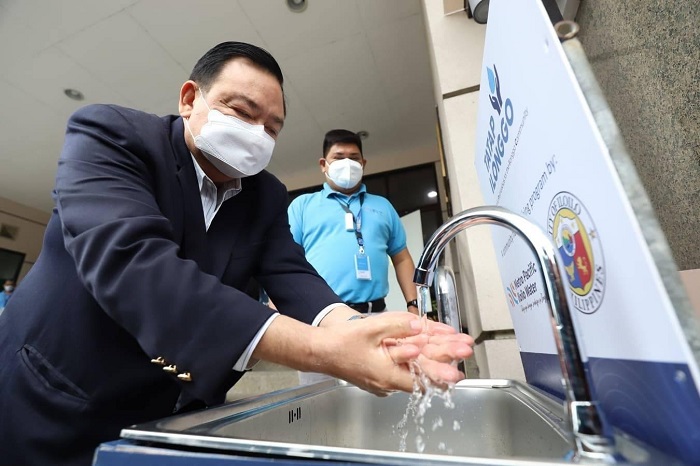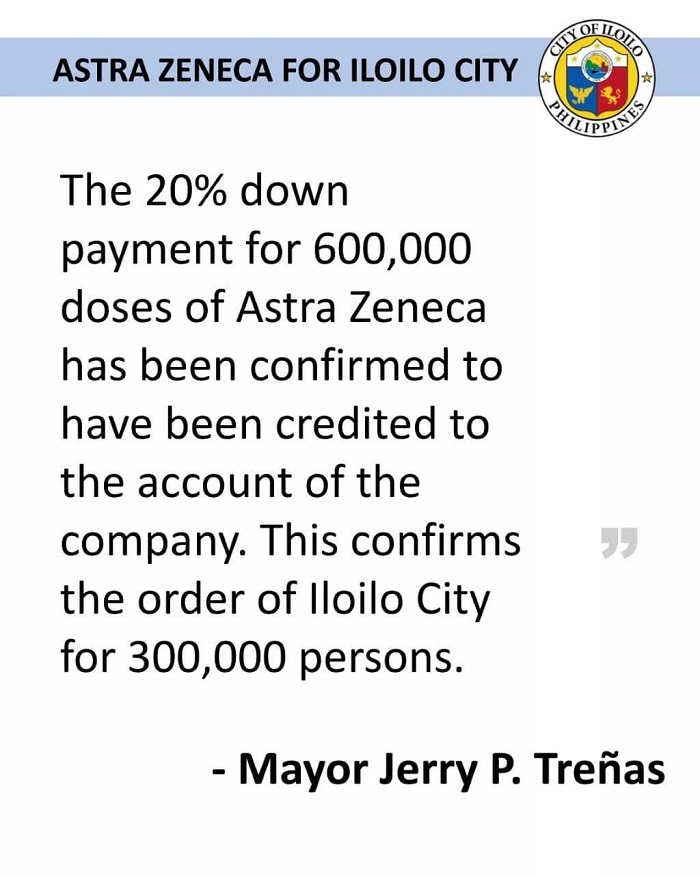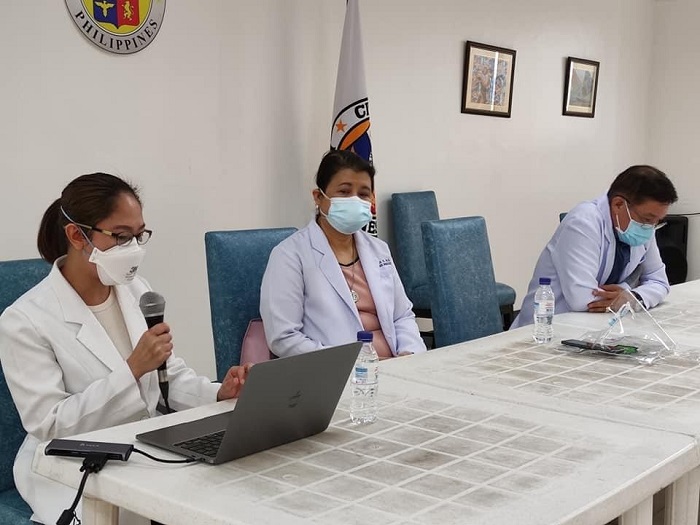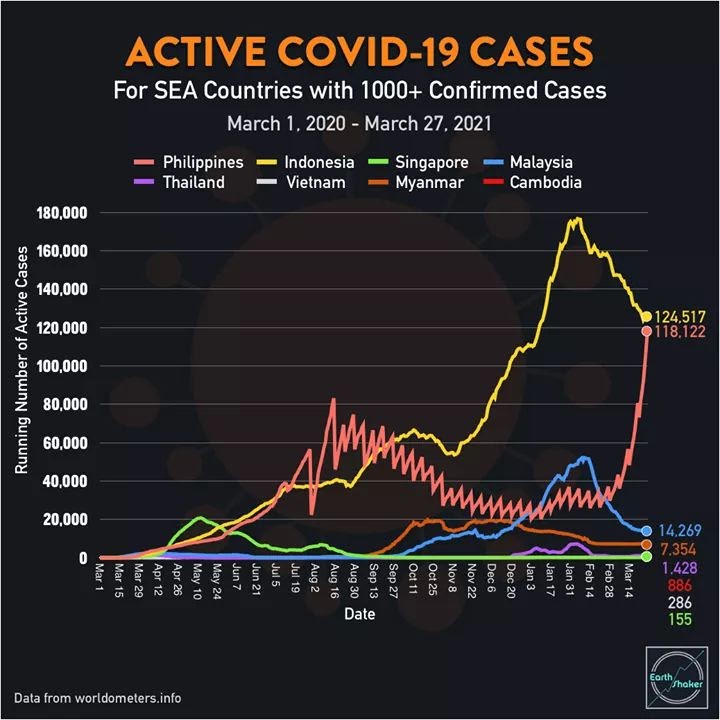Iloilo City: After a Year of the COVID-19 Pandemic
A full year after the City of Love was placed under lockdown, Ilonggos have adjusted to the “new” normal. On March 20 last year, Iloilo City was among the first to close its borders, just five days after the National Government announced that the whole of Luzon was under enhanced community quarantine (ECQ). Thanks to the sense of urgency of the city government, recorded cases of COVID-19 were much lower compared to other cities across the country.
Mayor Jerry P. Treñas showed a firm but compassionate leadership. This helped curb the spread of the virus while ensuring the economy was slowly recovering, with not only the health and safety of Ilonggos in mind but also making sure everyone had food on the table. A year later, many have adapted to work-from-home and online classes.
However, most of us are still holding our breaths wishing life can be what it once was – faces unmasked, hugs that were freely given, large families and friends gathered for meals. The local government unit luckily shares this sentiment. Earlier this year, Mayor Treñas has confirmed that PhP200 million has been allotted for the vaccines. Government efforts aim to inoculate 300,000 residents and 100,000 non-residents for its first round of vaccination programs.
A tripartite agreement with the national government and British drugmaker AstraZeneca has been approved. The 600,000 doses for residents and an added 200,00 for non-residents of the AstraZeneca vaccine have been paid in advance and the process is currently under planning and simulation to make sure everything goes smoothly.
A massive campaign has also been launched to encourage citizens to get inoculated once the vaccines arrive. Media forums with the aim to explain what and why we need to get vaccinated are spearheaded by the Philippine Society for Microbiology and Infectious Diseases-Visayas
Meanwhile, in other parts of the country, COVID-19 cases are once again on the rise. Compared to other SEA countries, the Philippines is averaging in almost 10,000 cases every day.
This comes after a year of Filipinos calling for mass testing and withholding public gatherings. The national government has stated in one of their many press conferences that the spike in numbers may have something to do with the new strain found in the country. While not enough scientific evidence is available to fully back up this claim, vaccination programs are still in the works. Around half a million doses have been given to Filipinos nationwide, with medical frontliners in the priority lane.
We may be seeing the light at the end of this tunnel, but our train still has a very long way to go. With the recent spike in cases, we are reminded that even after a year of lockdown, we are still not immune to the highly-contagious airborne virus that has made the world stop at a standstill.




